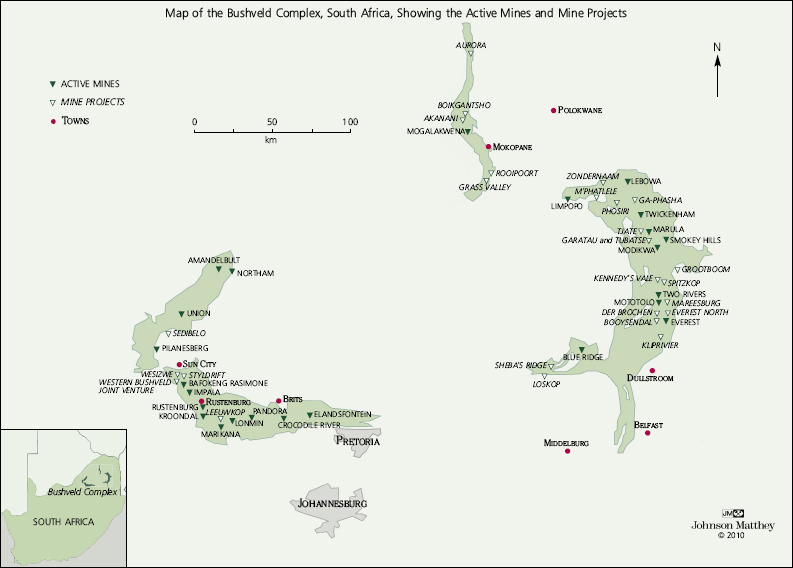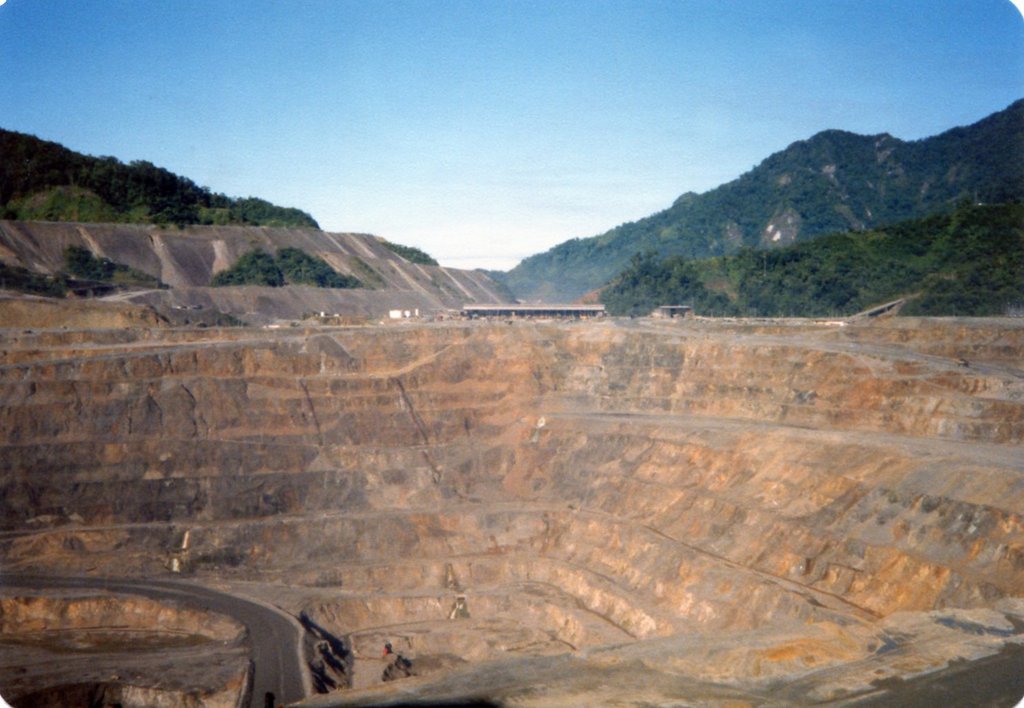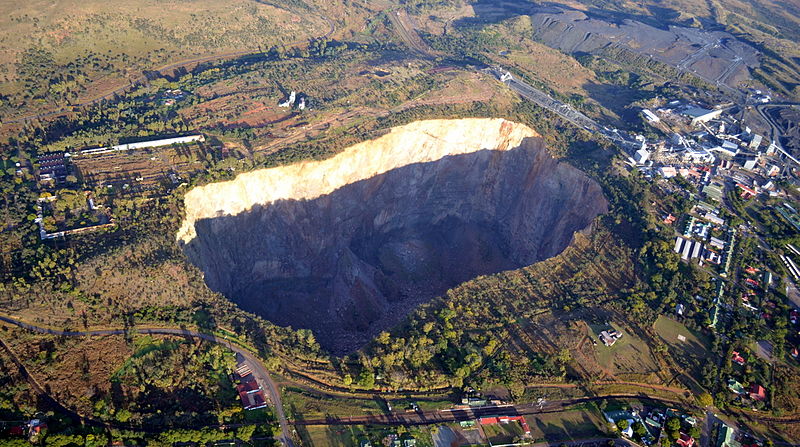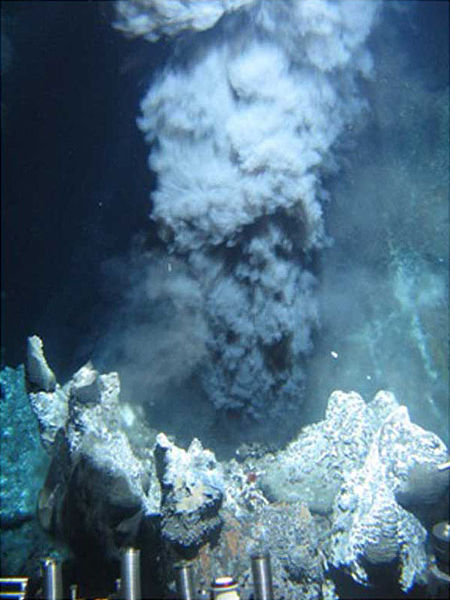New discoveries based on new approaches and ideas are the holy grail for geologists, but they can often be a hard sell to management. The company is to be commended for this approach.
[box type=”info” align=”aligncenter” ]Disclaimer: This is an editorial review of a public press release and not an endorsement. It may include opinions or points of view that may not be shared by the companies mentioned in the release. The editorial comments are highlighted so as to be easily separated from the release text and portions of the release not affecting this review may be deleted. Please view original release here.[/box]
VANCOUVER, BRITISH COLUMBIA–(Marketwired – Nov. 14, 2013) – Platinum Group Metals Ltd. (TSX:PTM)(NYSE MKT:PLG) (“Platinum Group” or the “Company”) is pleased to report the first available assay results from drilling on the Waterberg Extension Permits in two intersections confirming the Extension of the Super F zone. These intercepts confirm significant potential beyond the current Waterberg deposit.
[box type=”note” align=”aligncenter” ]The Platinum Group’s Waterberg deposit is located in the world famous Bushveld complex in South Africa. The Bushveld is a layered mafic instrusive complex that holds about 80% of the world’s known PGE (Platinum Group Element) resources. PGE’s include platinum, palladium and a number of other rare metals.
What’s interesting about the Bushveld is that even though it was first discovered more than 100 years ago and hosts several active mines, new discoveries are still being made within the area. This is one of two projects that the company has in the Bushveld. The more advanced Western Bushveld Joint Venture (WBJV) is located on the western limb of the complex. The map below shows active project and mines on the Bushveld as of 2010. The Waterberg was unknown when the map was produced, but essentially extends the northern limb of the complex.
[/box]

Image © Johnson Matthey 2010 from their Platinum Metals Review
[box type=”note” align=”aligncenter” ]
Beginning in 2007, Platinum Group Metal’s commissioned several researchers and consultants to identify new targets and exploration models for the Bushveld and in 2009 staked the Waterberg based on that advice. New discoveries based on new approaches and ideas are the holy grail for geologists, but they can often be a hard sell to management. The company is to be commended for this approach.
[/box]
Drill holes WE-01 and WE-02 are located respectively 700 meters and 1.4 kilometers north of the 5.4 kilometer long Waterberg Platinum deposit area. These holes have intersected Super F mineralization grade and average true thickness of 11 meters in the predicted position and geology with metal ratios consistent with the Waterberg Deposit.
Intersections
Hole WE-01 – 10.5 meters grading 3.03 grams per tonne of platinum, palladium and gold (“3E”), including 6.76 meters of 3.74 g/t 3E
Hole WE-02 – 15.63 meters grading 3.16 grams per tonne 3E, including 7.17 meters grading 4.52 grams per tonne 3E.
Both the WE-01 and WE-02 intercepts are located on the 87% owned Waterberg Extension Prospecting Permits adjoining to the north of the Waterberg Platinum deposit (167 million tonnes grading 3.26 grams per tonne of platinum, palladium and gold with significant copper and nickel credits). The interceptions in WE-01 and WE-02 are open for expansion up and down dip and along strike. The shallowest edge of the F zone on the deposit area is at 223 meters deep and the shallowest T layers in the deposit are at 124 meters from surface.
[box type=”note” align=”aligncenter” ]
Part of why this was a late discovery is that the mineralized zones starts deeper than 100m below the surface. Unlike many historical deposits, the rock at Waterberg wasn’t sitting at the surface waiting to be found. The first thing they teach you in geology: All the easy stuff has already been found.
[/box]
Recent drilling on the Waterberg Extension Permits has now added 4.7 kilometers of confirmed F zone mineralization to the north of the Waterberg Platinum deposit area. Drilling continues and assays are in progress for another 8 other holes so far.
Recent drilling has now identified 23 kilometers of new Bushveld Complex including the 5.4 kilometers in the Waterberg Platinum deposit as defined in the September 3, 2013 technical report referred to above.
| From (m) | To (m) | ZONE | Length (m) | 2PGE+Au (g/t) | Pt (g/t) | Pd (g/t) | Au (g/t) | Cu (%) | Ni (%) | |
| WE01 | 671.50 | 682.00 | SF | 10.50 | 3.03 | 0.94 | 1.92 | 0.17 | P | P |
| Inc.WE01 | 671.50 | 678.26 | F | 6.76 | 3.74 | 1.19 | 2.35 | 0.20 | P | P |
| WE02 | 627.87 | 643.5 | SF | 15.63 | 3.16 | 1.11 | 1.92 | 0.13 | 0.14 | 0.26 |
| Inc.WE02 | 628.33 | 635.5 | F | 7.17 | 4.52 | 1.55 | 2.78 | 0.19 | 0.18 | 0.33 |
[box type=”note” align=”aligncenter” ]
For comparison, average grades of Bushveld deposits typically range from 1-3 g/t Platinum, 1-2 g/t Palladium and 1-5 g/t PGE’s Plus gold. These results are well within known Bushveld deposit grades.
Note that the “including” intervals are only slightly higher than the larger interval and make up a significant length of the overall result. No red flags here. You can read more about critically interpreting drill results.
[/box]
Details
P – Pending Assays, Inc.- Including
The grade and thickness of the reported intercepts for inclusion in future resource assessments may vary based on further drilling, deflections from these initial intercepts and by virtue of the potential mining cuts selected in resource estimation. Note that in addition, to the intercepts reported in the table above, for WE-01 the reported cuts are located in a greater mineralized zone of 31.3m grading 2.18g/t 3E and for WE-02, the cuts are located within a greater mineralized zone of 29.67 metres of 2.03 grams per tonne 3E. The selected cuts of 10 to 15 meters are generally consistent with the scale of the Waterberg deposit in grade and thickness. True thickness represents approximately 82% of the intercept thickness. Nickel and copper grades in the new intercepts are significantly higher than the average for the Waterberg deposit.
Intercepts in the Waterberg resource of greater thickness are classified as Super F as they may potentially be approached with a different mechanized mining method, as compared to other “thinner” 3 to 5 meter layers in the T and F mineralization. All of the Waterberg Platinum thicknesses are in contrast to the 0.9 to 1.4 meter typical platinum reefs mined underground in South Africa.
Qualified Person, Quality Control and Assurance
R. Michael Jones, P. Eng, is the non-independent qualified person responsible for this press release. The technical data has been verified by Mr. Jones direct involvement in supervision of the technical work on the Waterberg Projects. Mr. Jones has verified the technical data sufficiently for this release and reference is made to the significant project risks and qualifications in the independent qualified person reports at www.sedar.com. Mr. Jones has relevant experience in the evaluation of platinum and palladium projects over the past 14 years and precious metals deposits and mines over the past 29 years.
Base metals and other major elements were determined by multi acid digestion with ICP finish and PGE’s were determined by conventional fire assay and ICP finish. Setpoint Laboratories is an experienced ISO 17025 SANAS accredited laboratory in assaying and have utilized a standard quality control system including the use of standards. Platinum Group Metals qualified geologists supervised the drilling and sampling work and have utilized a quality control program in addition to the laboratory including checks, documentation, chain of custody and the insertion of standards and blanks into the sample assay batches.
[box type=”note” align=”aligncenter” ]
More about QA/QC procedures.
[/box]
Ken Lomberg is the independent qualified person for the resource estimation on Waterberg deposit and he has reviewed the references to resources and ongoing work in this press release.
[box type=”note” align=”aligncenter” ]
While Platinum Group Metals holds the largest stake in the Waterberg Project at 49.97%, the project is owned in part by Mnombo Wethu Consultants and JOGMEC, a company formed by the Japanese government in order to secure stable supplies of petroleum and mineral resources for the country. JOGMEC is funding the exploration and may earn a 37% interest in the project by spending $3.2 million over 4 years. JOGMEC is no doubt interested in a stable supply of PGE’s for the automotive industry in Japan.
[/box]
About Platinum Group Metals Ltd.
Platinum Group Metals Ltd. is listed as PLG on the NYSE MKT and as PTM on the Toronto Stock Exchange.
The Company is based in Vancouver, Canada and Johannesburg, South Africa. Platinum Group Metals was founded in 2002 and has focused on the discovery and development of platinum and palladium deposits. The Company founders and management in Canada and South Africa have a track record of precious metals discovery, development and operations.
[box type=”success” align=”aligncenter” ]Have a company or release you’d like us to look at? Let us know though our contact page, through Google+, Twitter or Facebook.[/box]
Subscribe for Email Updates






